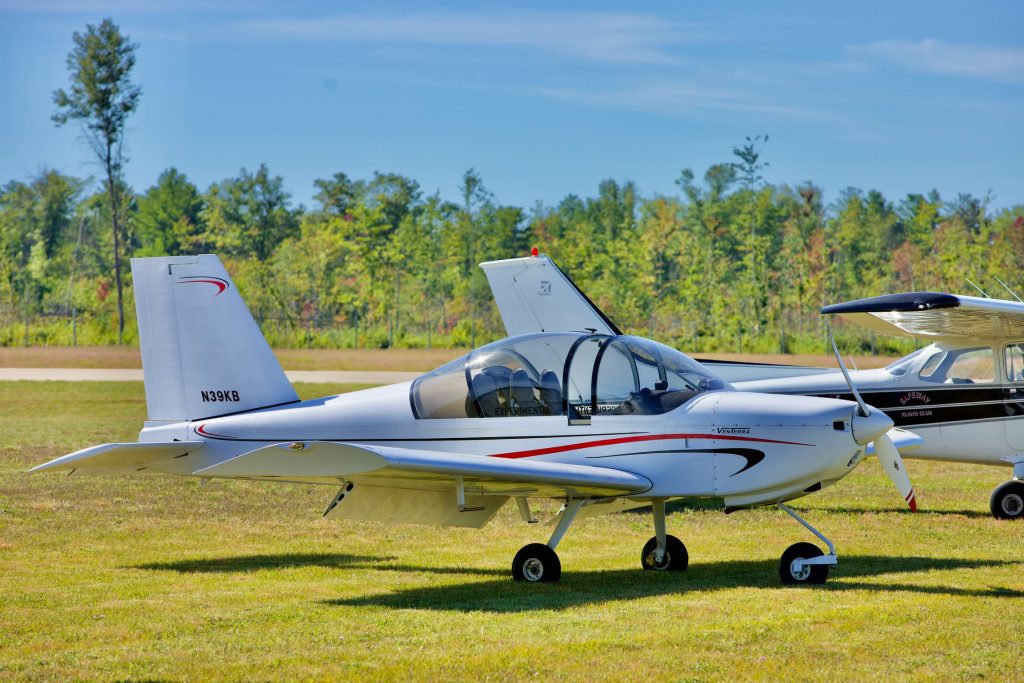Piper Aircraft Company was once one of the world’s largest manufacturers of small planes. With a fascinating history crossing nearly a century. The iconic brand as the company important to the general aviation industry – let’s look at piper aircraft corporation.
Piper Aircraft Company History

Aircraft Corporation of Taylor Brothers
The company name was after its founders, Clarence and Gordon Taylor Before the Piper Aircraft company became well-known worldwide. Gordon died in a prototype airplane demonstration just a year after they started their new business. Taylor Aircraft Manufacturing Company, in 1927. Clarence was persuaded to relocate to Pennsylvania by entrepreneur William Piper after his brother died.
Piper, a Harvard graduate, World War I veteran, and oil tycoon, became known as the “Henry Ford of aviation”. This significant contribution he made in the field. It all started with the Taylor cooperation. After seeing the potential of the Taylor brothers’ many consumer-friendly aircraft innovations, he was the original investor in their company. The pair would collaborate for the next seven years, but they would ultimately fail.
William Piper purchases
The company declared bankruptcy because Taylor Brothers Aircraft was founded in October 1929 and the stock market crashed immediately. Piper purchased the business for just under $800, to become the company’s financial operator. Despite the fact that Clarence Taylor remained president until 1935. Piper largely controlled the company’s purse strings and influenced business decisions. Taylor Aircraft and Piper clashed frequently throughout the Great Depression. Piper finally acquired Taylor in 1936, and both went on to form their own companies, Piper Aircraft and Taylorcraft, respectively.
Piper would not have gotten very far if Clarence Taylor hadn’t set the foundation for him. He sold Taylor-designed Piper Cubs the most successful fabric-covered airplanes. These planes were extremely popular and often started referring to as the “Model T of airplanes” just simple to fly.
Piper Aircraft: Taking the Lead
By 1940, Piper had grown the general aviation market. And with the serious threat of the United States entering World War II. The demand for aircraft had heaved back from the depths of the 1930s economic crash. Piper had finally moved to a massive factory in Lock Haven, Pennsylvania. Perfectly positioned to take on aircraft production capabilities for the upcoming war mobilization effort.
To provide you with a sense of how popular Piper was throughout the war. Piper Cubs trained 80 percent of WWII pilots in the United States. General George Patton and President Dwight D flowed by The Piper L-4 famously. Eisenhower, and British Prime Minister Winston Churchill. Piper, like the other “Big Three” companies, Cessna and Beechcraft, was quite well for postwar success. After the Japanese surrendered, thousands of soldiers who had learned how to fly returned to civilian life. Manufacturers such as Piper saw them as a prime target market.
Piper Cherokee Aircraft PA-28
Regardless of the fact that society never achieved the goal of “an airplane in every American’s garage,” as some futurists expected in the 1950s. The general aviation industry thrived, and Piper was at the forefront. Although it took some time, they finally released their first twin-engine, all-metal aircraft, the Piper Apache, in 1954. This small aircraft was particularly appealing to businessmen who needed to get from one place to another quickly. And it was the foundation of Piper’s postwar growth. They innovated with better-performing airplane lines for two decades. In the 1960s, a new facility in Florida opened to build a new PA-28 Cherokee aircraft.
They went on to model other popular models such as the Cheyenne, Navajo, and Comanche. Piper, however, would undergo significant change by 1969. Following the purchase of a controlling stake in Piper by Bangor Punta Corporation. William Piper died having just was turn 89 the following year. Even though he was no longer at the controls. He was willing to take responsibility for one out of every ten airplanes produced. The company had produced its 100,000th airplane by 1976.
In the Future, Piper Aircraft Company Changing Hands
William Piper’s company has shifted hands several times since his death. Lear Siegler purchased Bangor Punta in the mid-1980s. After then Forstmann Little was purchased and sold to a private investor. The list goes on and on. In the 1990s, the company lost money yet again and renamed itself “The New Piper Aircraft”. American Capital Strategies purchased the majority of the company in 2003. And despite a promising partnership with Honda, tragedy was to follow.
The Great Economy crashed in 2007, and it had a significant impact on airplane orders and the workforce. Employees were laid due to contracts had canceled. Uncertainty whether the company could ever recover from its financial woes. At the height of the stock market crash in 2009. The Brunei government purchased Piper from American Capital Strategies through Imprimis. A state-controlled investment strategy company. Piper has recovered since this stunning acquisition and completing two of the largest deals in the company’s history in the last two years alone.
Piper Aircraft 150 & 240
They announced an order for more than 150 trainer planes in 2018 and an order for 240. The new Piper Archers and Seminoles in 2019. Piper will remain an excellent company in the future and is committed to William Piper’s creative concept of simple, user-friendly airplanes that outperform competitors. They will remain one of the most popular small aircraft flying the skies in the general aviation industry.